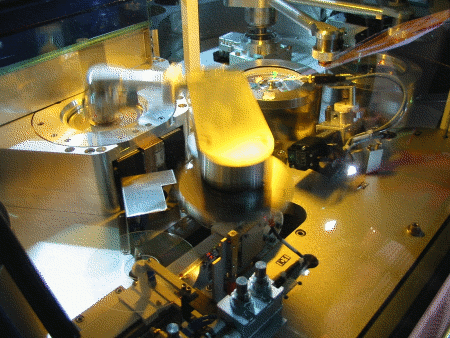retro LED
September 13th, 2006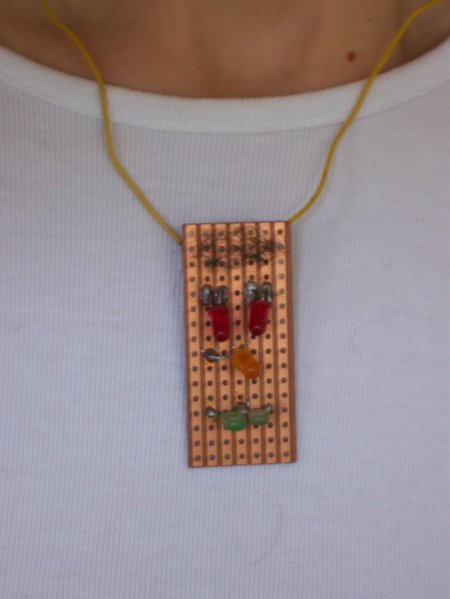
Above “devil” (thats how I called her) is my personal piece of “wearable computing”. I soldered it when I was 11 years old…so yes…this was still in the seventies.
kitchenshrine & dogcomfort
September 12th, 2006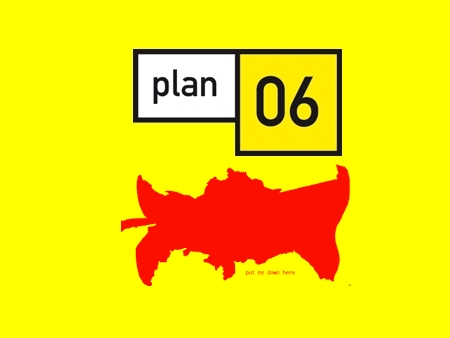
randform writer anuschka kutz (nuka) together with Andrea Benze of offseaworks exhibit at plan06 — Forum for Contemporary Architecture in Cologne with their project “kitchenshrine & dogcomfort” from 22.09. – 29.09.2006.
“kitchenshrine & dogcomfort” is an experiment into architecture based on living rituals.
“kitchenshrine & dogcomfort” had been exhibited in January at the University of Brighton Gallery. Images from the exhibition on Offsea’s website.
supernatural
September 11th, 2006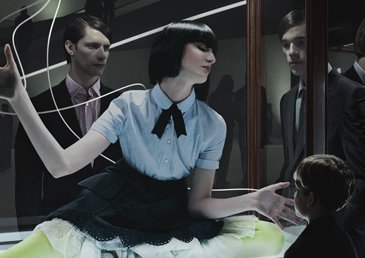
supernatural studios are hosting a very interesting lecture series in London`s Tate modern on visual effects and computer animation.
via rhizome
big google is watching you
September 9th, 2006The current buzz about Brazil sueing google for obtaining user data (see e.g. washington post or AP) or this years message about China give an even more stale flavour to a technology which was discussed in a rather recent article in MITs Technology Review .
Games Convention Part II
September 8th, 2006Poser
September 7th, 2006addendum to last post: according to Heise the offer of a free version of the software Poser by e-frontier, which was limited from Sept. 1 -Sept. 4 is extended to Sept. 8 due to the unavailability of the offer on their selling site contentparadise (which was due to too many requests). However the site seems still to be blocked (I tried already about a day ago) …I hope this is not just another form of viral marketing. Poser is a kind of library of 3D human models together with an application to dress them, animate them a bit etc. It is a smaller kind of application – means it has no modeller etc.
d-room
September 6th, 2006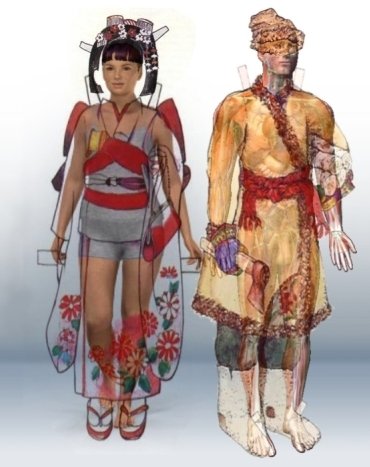
daytars project “d-room” was originally a proposal for a rhizome commission – however it didnt make it to the rhizome commisson‘s top ten. The proposal URL was only made public for rhizome members and since january the proposal is rotting on our server. So, I thought to make it public now.
Read the rest of this entry »
pixymbols
September 4th, 2006![]()
It is allways an interesting question at what point a picture becomes a symbol, i.e. a representative for something more abstract. This is also what I found to be the most important point which I missed in John Maeda’s commentary in this weeks post. How much is an avatar a symbol for the person behind it?
In the case of a logo the symbol nature is usually easy to manifest, but e.g. in the case of characters – especially from computer games – this depends. Sometimes they are pixymbols – just think of the pac man characters. For the smiley I find this is similar.
In this context it is worthwhile to see how early character design in computer games has transformed by time. And so I stumbled over these funny “round voxel”-3D analogs of game characters by designer Jeremy Dower who did – among others – also character design for the gameboy.
-See also an old randform post about pictoplasma.
-fake (?) space invaders characters e.g. here
Blender Bullet Physics 2006 Contest
September 4th, 2006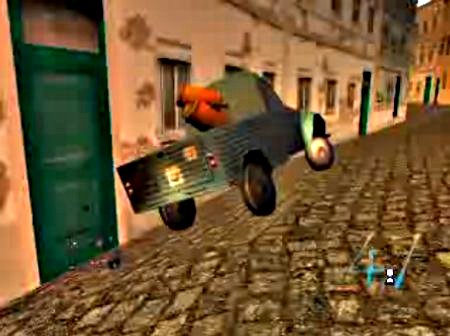
A good way to see some of the capabilities of blender‘s physics engine is to have a look at the outcome of the Bullet Physics 2006 Contest at this youtube link.
More info here.
